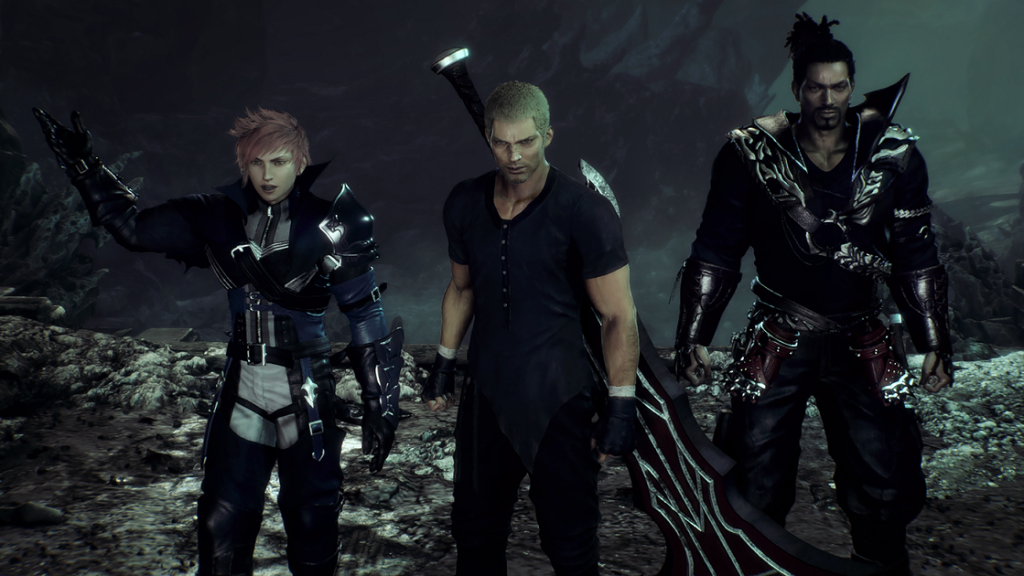Sometimes Square Enix gets weird, and when it does, we get games like Stranger of Paradise Final Fantasy Origin. Yes, it is a Team Ninja-developed alternate take on the plot of the original Final Fantasy, and yes, that is as crazy as it sounds. It’s a game that’s far from perfect, but it’s not afraid to be flawed. In a world where many major games are designed by committee and optimized to appeal to the broadest audience possible, this AA title with spunk feels refreshing.
Got two tickets to paradise
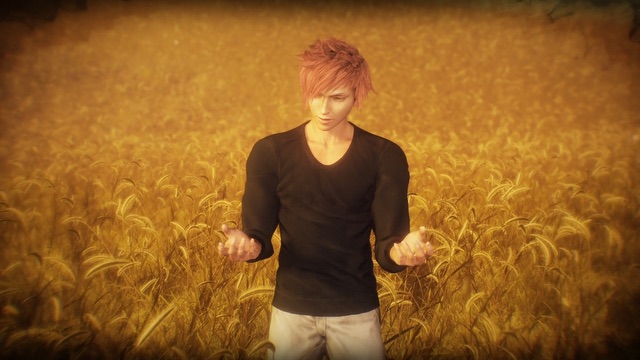
So Stranger of Paradise is a riff on the story that started it all. Don’t remember it? That’s fine, me neither. I played FF1 in the halcyon days before games had to be chewed, disgested, and spit up on social media and found it to be okay. I even recall playing the remake that was included as part of Final Fantasy Origins for PS1 and took a peek at Final Fantasy I & II: Dawn of Souls for GBA. But, despite that, I just remembered “something… something… crystals?”
This game has one of the most lackadaisical beginnings I’ve ever seen. There’s a random cutscene showing a big scary dude killing soldiers. Then, it just kinda starts, and you’ll feel like you missed about 30 minutes or so of exposition. The gist of this game is that three dudes, Jack Garland, Ash, and Jed, have some crystal orbs, which the King of Cornelia believes marks them as the Warriors of Light. There’s no wind-up to this, so just immediately accept it and move on.
The King sends them on a mission to the Chaos Shrine. Jack absolutely cannot stand Chaos, so he’s down. On his way to the inn, Princess Sarah asks them to look for a Knight named Garland that left a decade before to attempt the same mission. Jack somehow doesn’t realize that it’s weird that the guy has his last name and promptly dismisses the whole idea. Of course, things get complicated once the thought finally hits him.
Since I didn’t remember the plot of the original Final Fantasy, the significance of some of the events in Stranger of Paradise was lost on me. Afterward, I cheated and watched a YouTube video and realized just how far the devs went to replicate the setting of FF1 while putting their own spin on it. You still visit locations from the original game like Pravoka Seaport and the Western Keep, but their designs are inspired by other Final Fantasy games. So, when you show up to the Sunken Shrine to rain on the Kraken’s parade, you’ll see it’s reminiscent of a Mako Reactor from Final Fantasy 7.
Parts of Stranger of Paradise play out like the original game, and it diverges in others. However, tends to echo FF1 throughout, which makes it an exciting look at the origins of the series.
Fighting Chaos
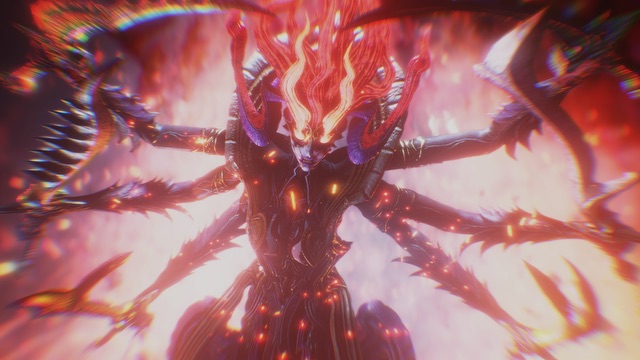
I’ve seen people compare the combat in this game to a Souls game, and it’s nowhere near that punishing. I played on normal (since that’s what most people will play it on) and found it to be enjoyable but not overly challenging. The difficulty seems to have been reduced based on feedback from the demos, so those who thought the challenge in those was just right might want to crank this game up to hard before starting. Exploring dungeons and fighting is where you’ll spend most of your time, so it’s good that Team Ninja took the time to get difficulty balance right.
The core concept of this game’s combat is the same as we saw in Final Fantasy 7 Remake. Enemies have both an HP and a Break gauge, and you’ll rarely try to deplete an enemy’s health outright. Instead, you’ll want to full their break gauge by wearing them down with combos and abilities. When normal enemies are stunned, Jack can get an instant kill by performing a Soul Burst and turning them into red crystal. On the flip side, you also have a Break gauge, and using your Soul Shield to absorb too many attacks will wear it down and lead to you being stunned.
Each character also has abilities and different weapon types that are determined by which job they have equipped. Eventually, you unlock the power to dual-class, which allows you to get deep into character customization. You get a ton of loot in this game too, which can all be upgraded. All these aspects intertwine to make for a satisfying experience.
Chaotic visions
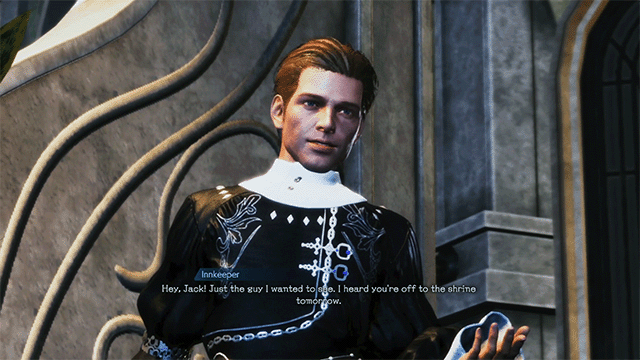
The visual quality of Stranger of Paradise is uneven, to say the least. The cutscenes look pretty good like they’re made for a current-gen console. I’d say a good chunk of the field maps also look fine. However, others look terrible, like PS3 quality bad. A great example is just after the beginning, when Jack and Co. finish talking to Princess Sarah, they head over to an inn. The wall of the inn looks like you took a texture from Final Fantasy X HD and stretched it over a basic model. Topping things off are the single flat sprite flowers flanking each door looking fresh off the Nintendo 64, and the Innkeeper that has the animation and visual quality of a Second Life avatar.
I’m not sure if Square Enix reused assets from past games or farmed out the non-essential work to a (bad) outside studio, but it’s jarring at times. I’m not a snob who thinks every NPC should be mocapped or that mouth flaps have to match a dub perfectly. It wouldn’t be a big deal if it weren’t for the inconsistency, but it really has a VR Chat vibe when two models of different quality are on screen interacting with each other.
There were also issues with blurriness in general. Anti-aliasing seems to be applied inconsistently, and either dynamic resolution isn’t working as intended, or there’s some kind of filter being applied. However, despite my issues with the visuals, I didn’t find any significant bugs throughout my playthrough. It doesn’t do much to take advantage of the PS5’s hardware, but it does support the DualSense and runs smoothly.
Stranger of Paradise Final Fantasy Origin Review: The final verdict
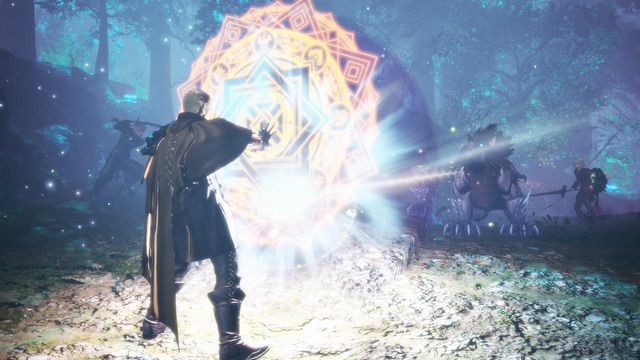
Stranger of Paradise Final Fantasy Origin is a wacky game that will end up being a cult classic. The devs were not afraid to march to the beat of their own drum, and the result is the type of slightly messy, unique AA game that we used to get in the late 2000s and early 2010s. It’s goofy, flawed, and fabulous, and I hope Square Enix continues to lean into publishing more experimental titles like this.
-
Goofy in a good way.
-
Satisfying combat.
-
Unique take on FF1's story.
-
Some of the graphics look terrible.
-
Some weird story beats.
-
Not for people who take Final Fantasy too seriously.
